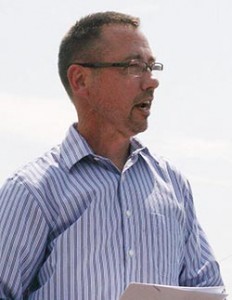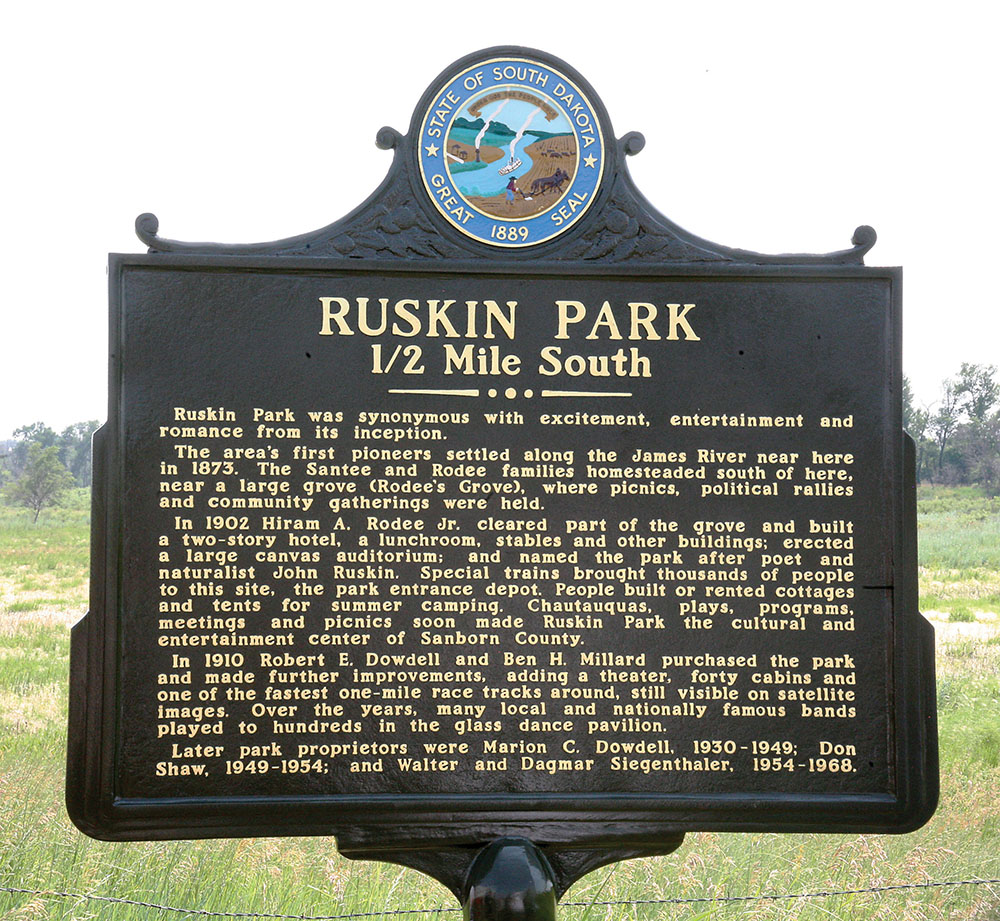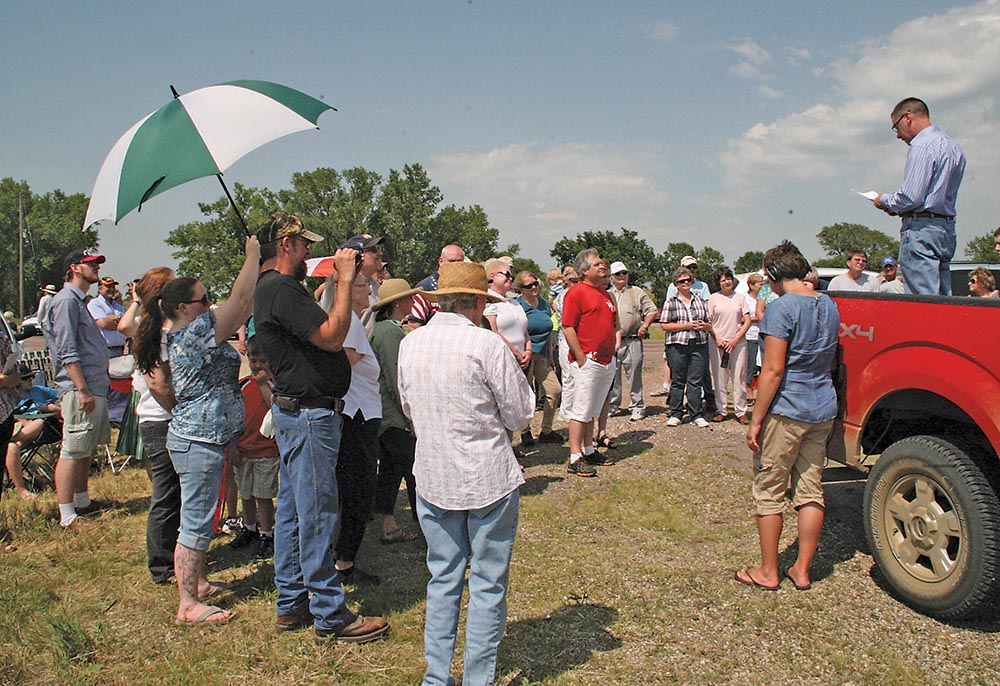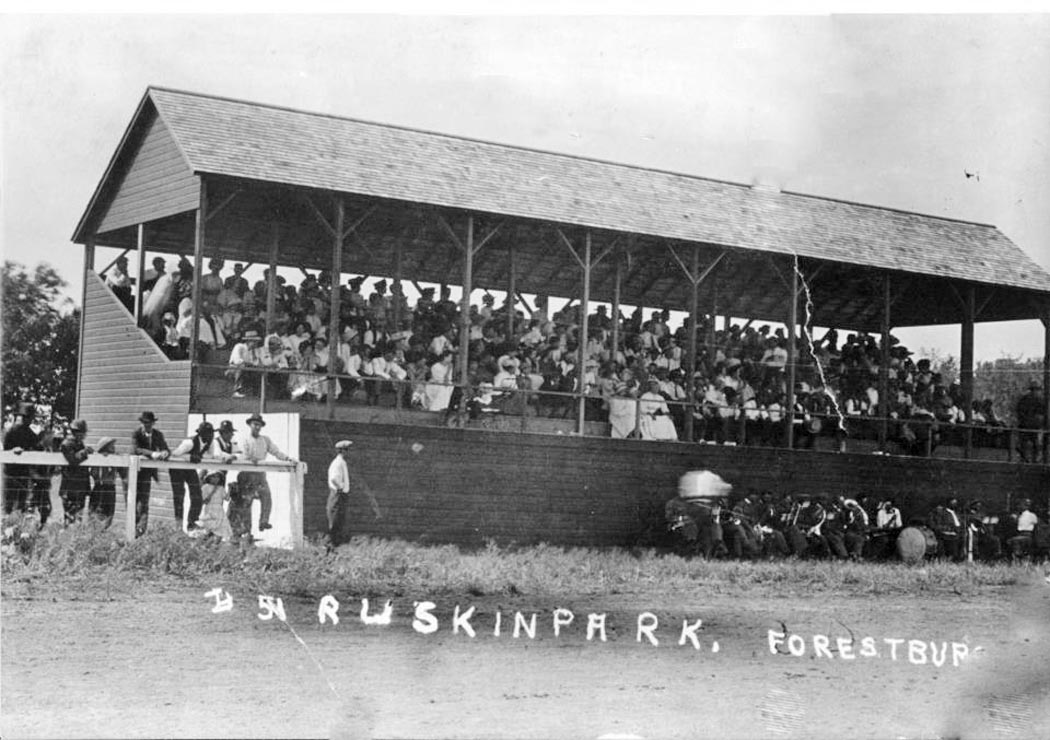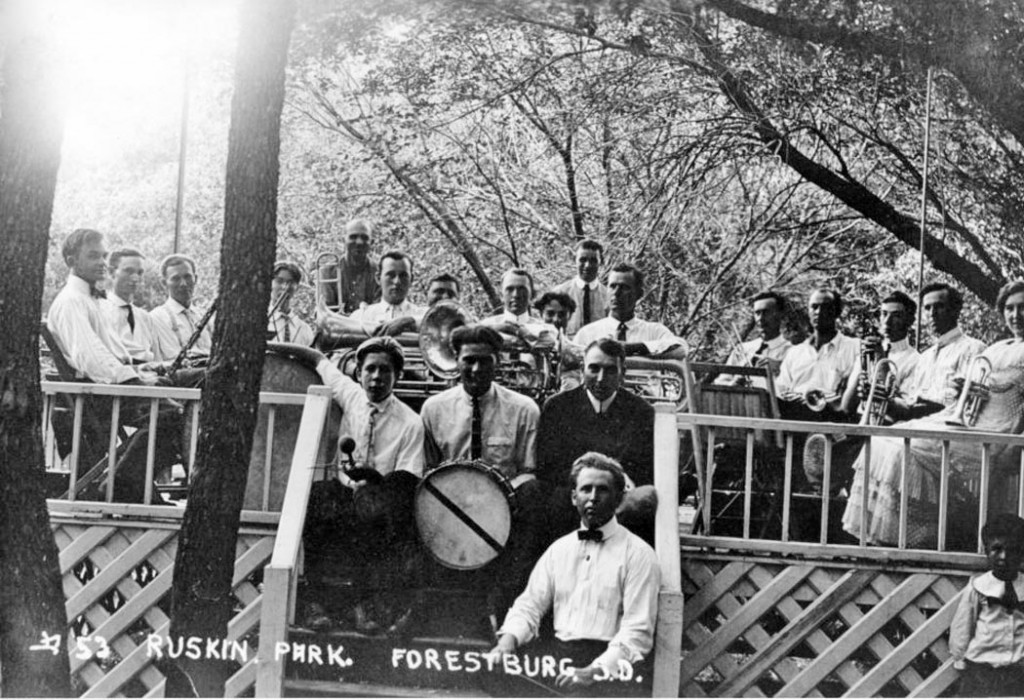By Hillary Lutter
Well, it seems to be a slow news week. After the hustle of the Fourth it seems people have settled back into the “lazy days” of summer (lazy… yeah, right!). If something huge happened this past week that I wasn’t aware of, I’m sure I’ll find out about it about an hour after this issue has gone to press. That’s the way it usually goes.
Luckily, I suppose, something this past Saturday has inspired me to write a short column to help fill the pages.
To take a phrase out of the “Daily Republic’s” opinion page, “Hisses” to their weekender’s top story and to the third-rate reporter who conjured it up. As I read this clearly one-sided “news” article, it became more and more clear that this publication is much more concerned with selling papers than getting it right.
Splashing a completely false headline in 40-point type across the front page might cause a few new readers to slap down the $1.50 to purchase that issue, but it also proves that this publication has fallen down the rabbit hole of immorality. Where is that thing that every college journalism major learned in their 100-level classes: ethics in journalism?
Now, I understand as well as the next publisher that making a living in this “dying” industry is a tough go. We are constantly in a battle with electronic media to keep our heads above water. We have to get creative. We may even have to get a bit risqué. We somehow have to compete with media in 1080p HD (whatever that means).
However, if keeping our business in the black means we must drop our journalistic integrity, then what makes us better than Facebook as a news source?
Our forefathers held to the idea that Freedom of the Press was among the most important concepts we must adhere to and newspapers have, from the beginning, been the basis of that concept.
We are taught to, above all, be objective. To not let our own prejudices sway the stories we must write. But, we are imperfect humans. It is true that throughout history publishers have used the press to further their own agendas and this is continuing on today in all forms of media. Even so, newspapers have, I feel, always been held to a higher standard, and I believe that concept alone is the only thing that may keep us alive moving into the future.
Maybe it’s the historic factor, maybe it’s the respect I feel when looking through 95-year-old issues of the “Sanborn County Advocate” and maybe it’s all in my head, but if you can’t believe news that is clearly printed on the page of a 100-some-year-old publication in front of you, what can you believe?
I believe the only hope for the newspaper is to continue on reporting NEWS, as has been done for hundreds of years. Not coffee time gossip. Not sensationalized versions of real stories. As soon as we lower ourselves to the standard found on the internet and television, we are dead.
I don’t claim to be any better at my job than the next person. I try, and sometimes I fail. Sometimes I get it wrong, too. It happens to us imperfect humans. Yet, when I read a story such as the one I read Saturday morning, I feel sadness for our industry – sadness that such blatantly erroneous reporting can find it’s way into print.
***
Ok, enough of that. Here are a few items I found in my inbox I thought I’d share…
1. I used to eat a lot of natural foods until I learned that most people die of natural causes.
2. There are two kinds of pedestrians . . . The quick and the dead.
3. Life is sexually transmitted.
4. Healthy is merely the slowest possible rate at which one can die.
5. The only difference between a rut and a grave is the depth.
6. Health nuts are going to feel stupid someday, lying in hospitals dying of nothing.
7. Have you noticed since everyone has a cell phone these days no one talks about seeing UFOs like they used to?
8. Whenever I feel blue, I start breathing again.
9. All of us could take a lesson from the weather. It pays no attention to criticism.
10. In the ‘60s, people took acid to make the world weird. Now the world is weird and people take Prozac to make it normal.
11. How is it one careless match can start a forest fire, but it takes a whole box to start a campfire?
12. Who was the first person to look at a cow and say, ‘I think I’ll squeeze these dangly things and drink whatever comes out’? Hmmmmm, How about eggs ? . . .
13. If Jimmy cracks corn and no one cares, why is there a song about him?
14.Why does your OB-GYN leave the room when you get undressed if they are going to look up there anyway?
15. If corn oil is made from corn, and vegetable oil is made from vegetables, then what is baby oil made from?
16. Do illiterate people get the full effect of Alphabet Soup?
17. Does pushing the elevator button more than once make it arrive faster?
18. Why doesn’t glue stick to the inside of the bottle?


